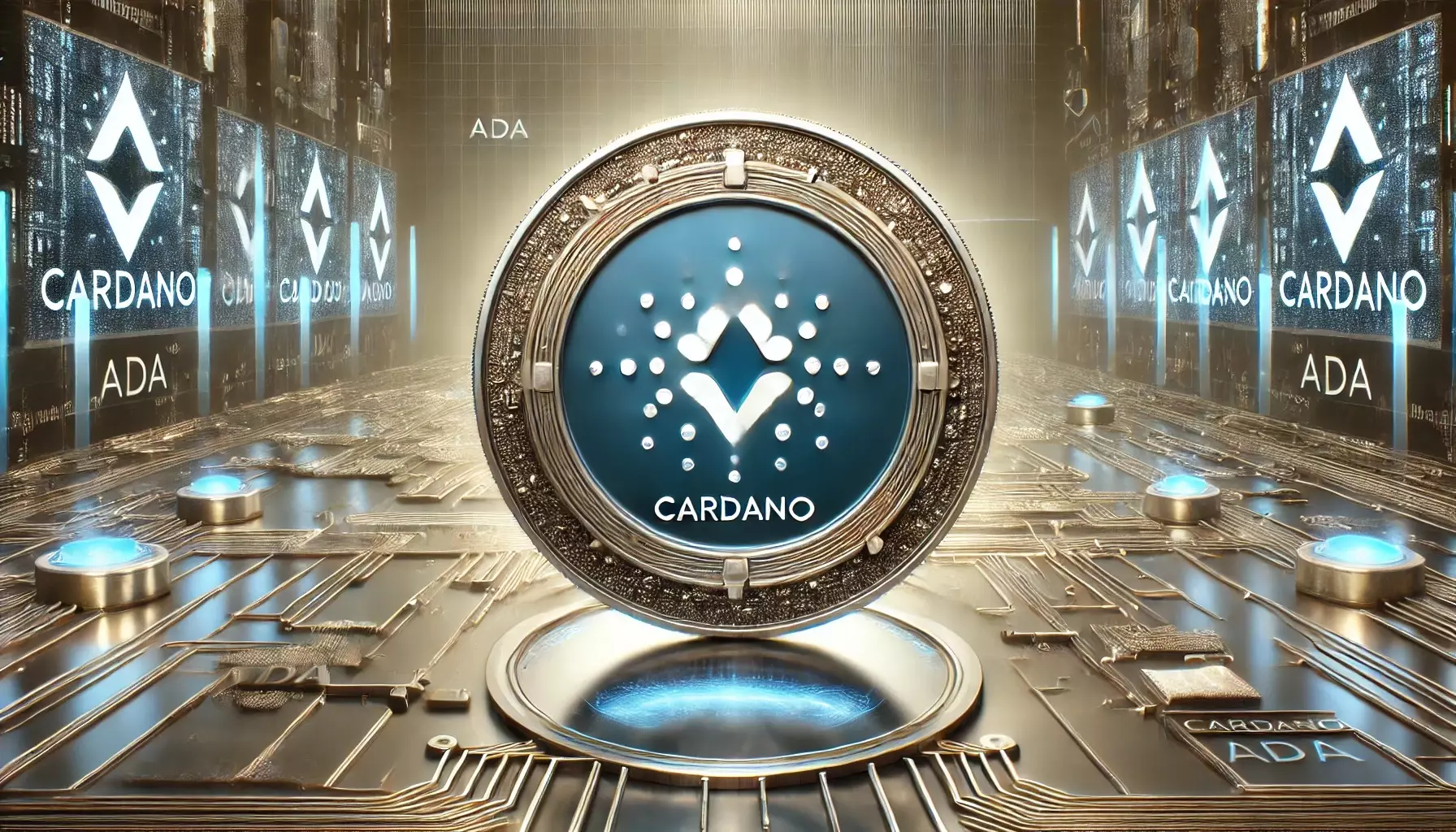Cryptocurrency enthusiasts have recently been buzzing about Cardano (ADA), a digital currency that seems to be poised at a critical juncture. This article delves into the current market dynamics surrounding Cardano, analyzing its upward trajectory while also addressing the potential pitfalls that investors must consider. The excitement surrounding the crypto market is often accompanied by volatility, and Cardano’s recent price movements offer a fascinating lens through which to explore these complexities.
For many crypto traders, Cardano appears to be breaking out of a prolonged stagnation period. Recent analysis from a cryptocurrency expert known as MyCryptoParadise indicates that Cardano has just breached a key resistance level, sparking optimism for a bullish trend. The falling wedge pattern, a classic technical indicator often associated with trend reversals, has also emerged from recent price charts. This pattern is characterized by two descending trend lines that converge, ultimately suggesting the potential for upward price movements as sellers exhaust their momentum.
The breaking of this resistance is noteworthy, especially given the cryptocurrency’s mixed performance in previous years. Frustration among investors has been palpable, with many dubbing Cardano a “ghost chain” due to its earlier stagnant growth. However, recent weeks have painted a different picture, as Cardano has registered impressive gains, including a more than 17% rise in just one day.
The price level of approximately $0.0313 has been identified as a demand zone, a critical support threshold where buying interest is anticipated. If Cardano can bounce off this level, it may set the stage for a substantially bullish rally, including a potential breakout above the significant $0.417 resistance level. Surpassing this threshold would signal a noteworthy alteration in Cardano’s market structure, suggesting the potential impetus for an upward momentum shift.
However, this narrative is contingent upon Cardano maintaining its footing above this key support level. The cryptocurrency market is notorious for rapid shifts in sentiment, and any weakness could lead to a sharp revision in outlook.
In conjunction with the recent price action, Cardano has also experienced a notable surge in trading volume, rising by over 65%. This uptick indicates renewed vigor and potential confidence among investors, making it an appealing option for those looking to capitalize on the current momentum. The rise in volume could suggest that traders are ready to back Cardano’s bullish case, which has remained a topic of debate due to its previously tepid performance over the years.
Despite the budding optimism, it is imperative to exercise caution. The crypto market is fraught with risks, and previous frustrations from investors could easily resurface should Cardano’s price not hold above critical support levels in the coming weeks.
It would be remiss to ignore the downside risks highlighted by analysts. Should Cardano fail to maintain support at the $0.0313 level, a decline to the critical support zone of $0.274 to $0.290 could ensue. This area represents significant price floor territory where buyer interest could stabilize the price, but if breached, it may lead to further losses and a shift away from the optimistic outlook that many investors are currently hoping for.
Furthermore, the need for Cardano to reclaim the $0.0313 support level cannot be overstated. Without this recovery, the buzz surrounding the promising breakout could quickly dissipate, reintroducing the doubt that has plagued this cryptocurrency in years past.
Cardano’s recent movements offer a complex interplay of hope and caution. While the breakout above the $0.0313 resistance level signifies a potential upward trajectory, the cryptocurrency’s history of volatility and investor skepticism serves as a sobering reminder of the pitfalls that lie in wait. As Cardano navigates this critical phase, investors must remain vigilant, continuously assessing both opportunities for profit and the inherent risks that this dynamic asset class exhibits.

